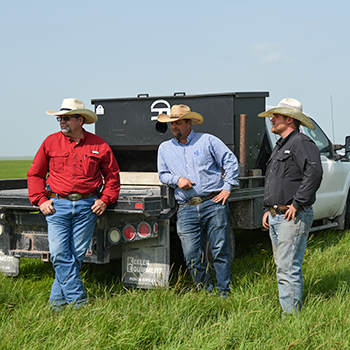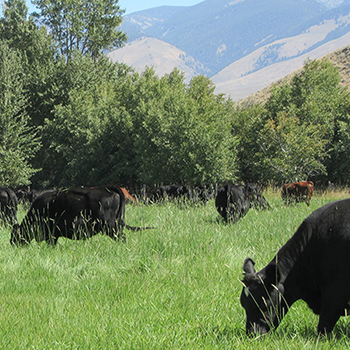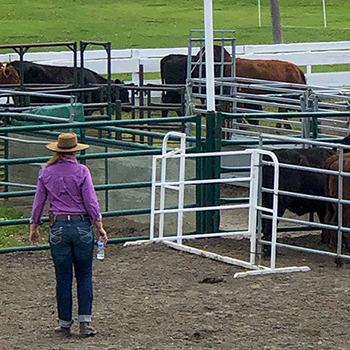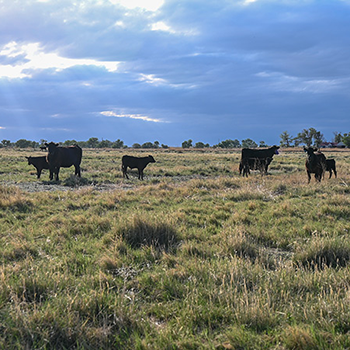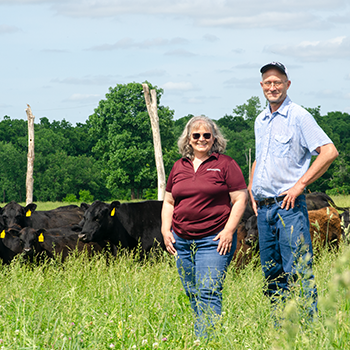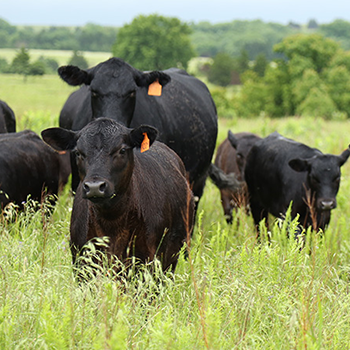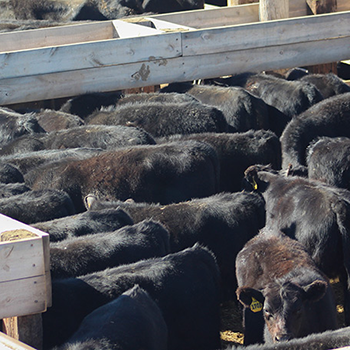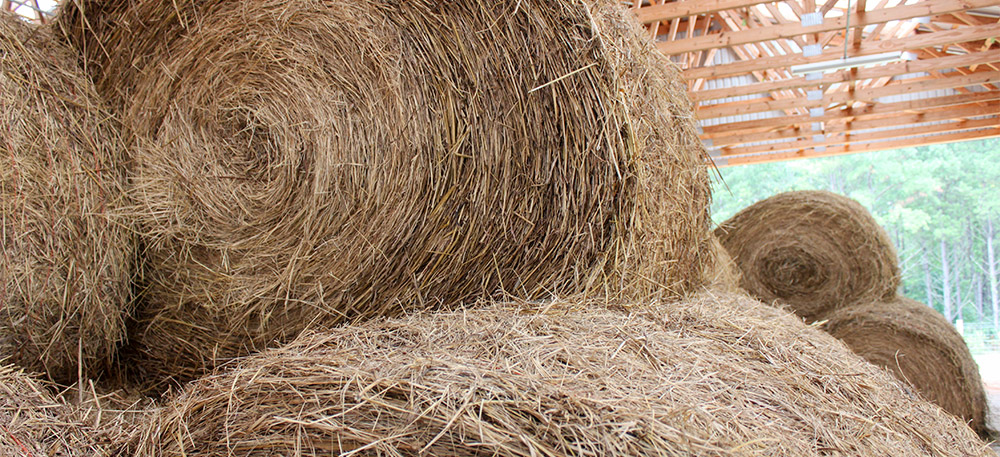
Cost-effective and Balanced Cow Rations
Use a feed analysis to calculate protein costs on a per-ton basis.
Haying season provides a feed inventory analysis opportunity for each producer. Beyond “how many bales,” the inventory should look at the quality of the feed in storage. The big question should be, “Do I have enough bales to create a balanced ration, which meets the nutritional requirements of my cow herd through each stage of production? And what kind of supplementation (if any) will be needed?”
Samples must be taken and submitted for analysis to determine feed quality. Many factors affect the quality of grass hay and alfalfa harvested during the summer. Knowing these results allows for the creation of feeding rations that cover the feed needs of the animal, no matter what stage of production. Refer to “Nutrient Requirements of Beef Cows” for more information on the total amounts of feed needed and “Feed Testing and Interpreting the Results” for more on taking feed samples.
Because feed costs for the beef cow enterprise account for 75% or more of the total cow costs for the year, controlling them is a critical profit component for the producer. Complete a forage analysis before any forages are purchased to ensure the product meets the producer’s needs at a profitable price.
Compare the following sample forages
Forages vary in price, dry matter and quality, as noted in the sample forages in Table 1. Creating a balanced, low-cost ration can be done when the nutrient analysis is known and time is taken to work through the available options.

Click here for a larger image. |
At first glance, the $50-per-ton savings for the grass hay compared to alfalfa appears to be a solid economic decision. However, alfalfa is a better option if protein is the needed nutrient. Comparing other forages, like corn silage, can also be done to create a balanced, least-cost ration. By inventorying the feed on hand and analyzing the feed, producers can determine what, if any, additional feedstuffs are required.
Sample calculation
To make feedstuff comparisons, use the following formulas, with the grass hay data used as an example:
Step 1
• cost per ton ÷ percent dry matter (DM) = cost per ton DM
• example: $150 ÷ 0.9 = $166.67 per ton
Step 2
• cost per ton DM ÷ percent CP = cost per ton CP
* example: $166.67 ÷ 0.055 = $3,030.36
The bottom line
Before buying “cheap” feed, ensure it will be cost-effective when creating balanced rations this winter. By inventorying the quantity and quality of feed harvested this summer, future purchases can be planned and budgeted for, thus allowing for the creation of least-cost, balanced rations for the herd throughout all reproductive stages this winter.
Editor’s note: Heather Gessner is a livestock business management field specialist for SDSU Extension. Photo by Kasey Brown.
